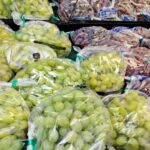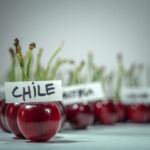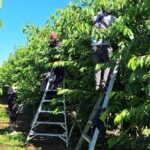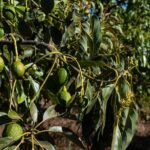CORRECTED - Chile’s table grapes in cover 6.8% less land near capital region
The size of Chile’s table grape coverage in the Metropolitan Region has decreased by 683 hectares, or 6.8% over the last six years, according to the country’s fruit growers association Fedefruta.
In a statement Fedefruta said land dedicated for table grapes has decreased while the amount of planted land for fruit in general has increased 6.5% in the Metropolitan Region. Leading the decline is the Thompson seedless variety, which dropped from 4,690 hectares in 2004 to 3,785 this year.
Increases have been seen instead in more profitable products, such as walnuts, while other fruit types that require a lot of labor, such as citrus, have also shown declines.
Fedefruta blames the decrease in the strengthening of peso against the dollar, which has growers investing less in fruit. Chile’s peso has gained strength against the dollar in recent months.
“If one looks at the movement they notice that the fruit industry is making changes in order to survive the low exchange rate and increase in labor costs, which is in pesos. The varieties that have dropped are those that use more hand labor, while varieties that have increased are almost all mechanized,” Fedefruta general manager Juan Carlos Sepúlveda said in the statement.
EDITOR'S NOTE: This version corrects a previous version in which the story stated Chile's entire table grape had decreased, instead of just the crop in the Metropolitan Region.
Source: www.freshfruitportal.com














































